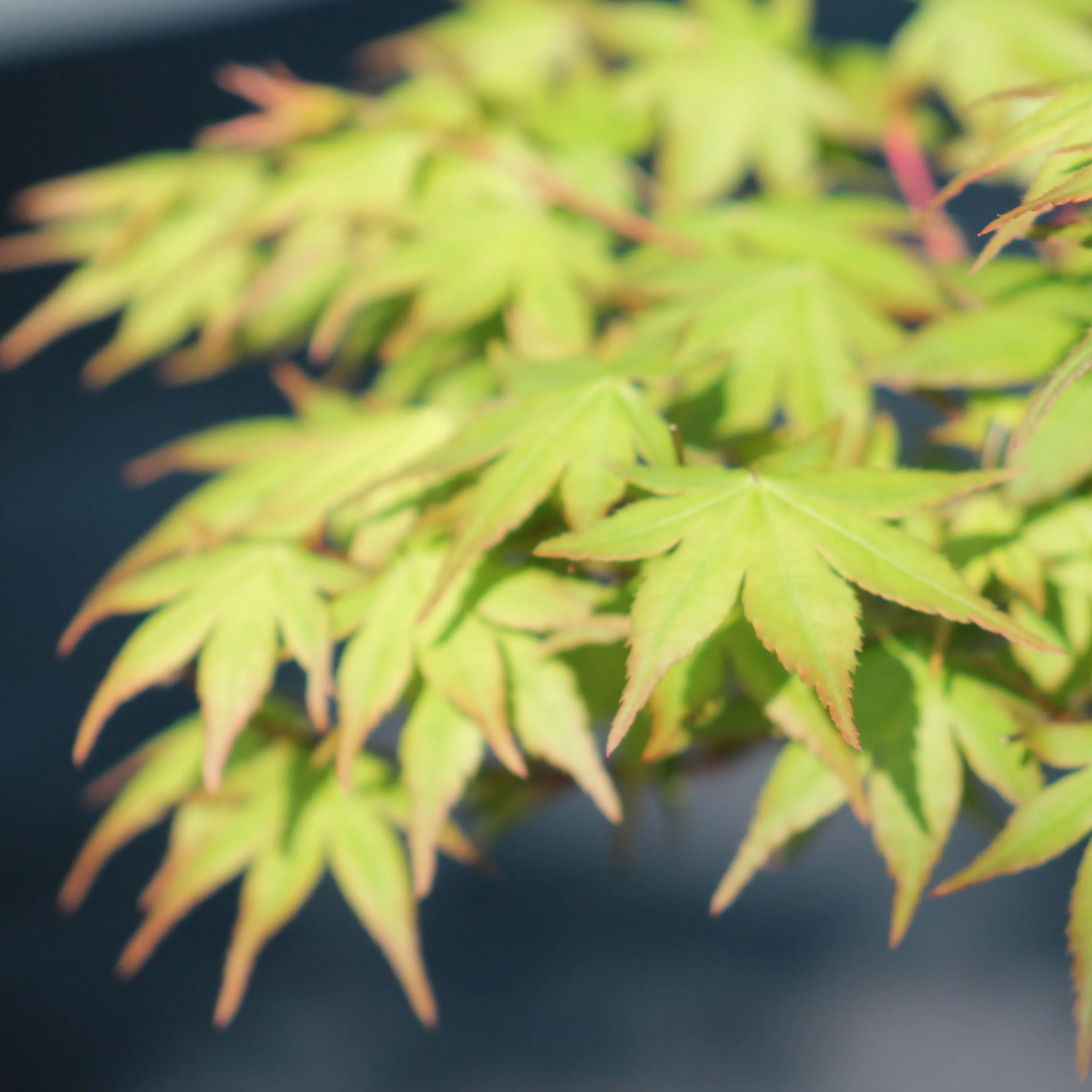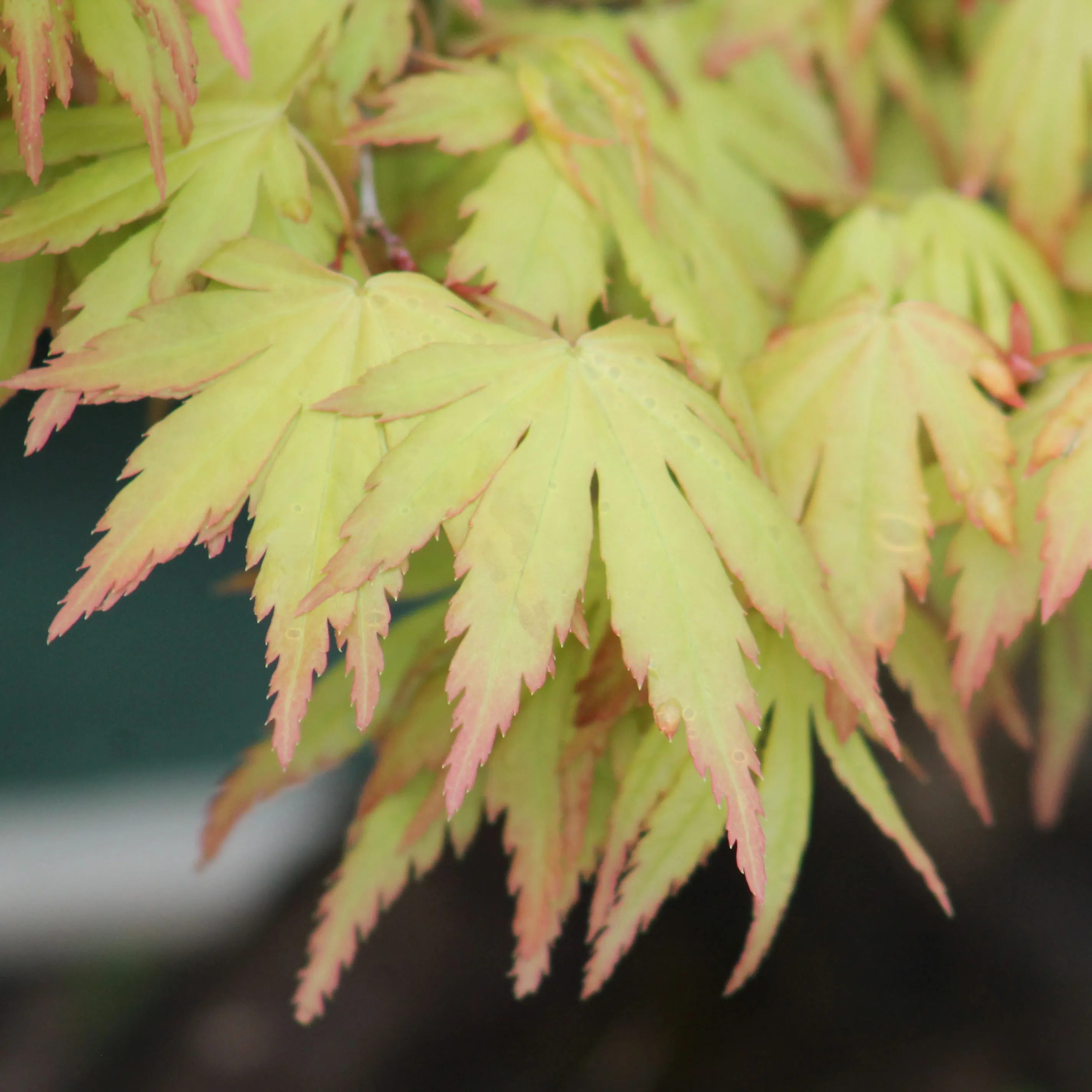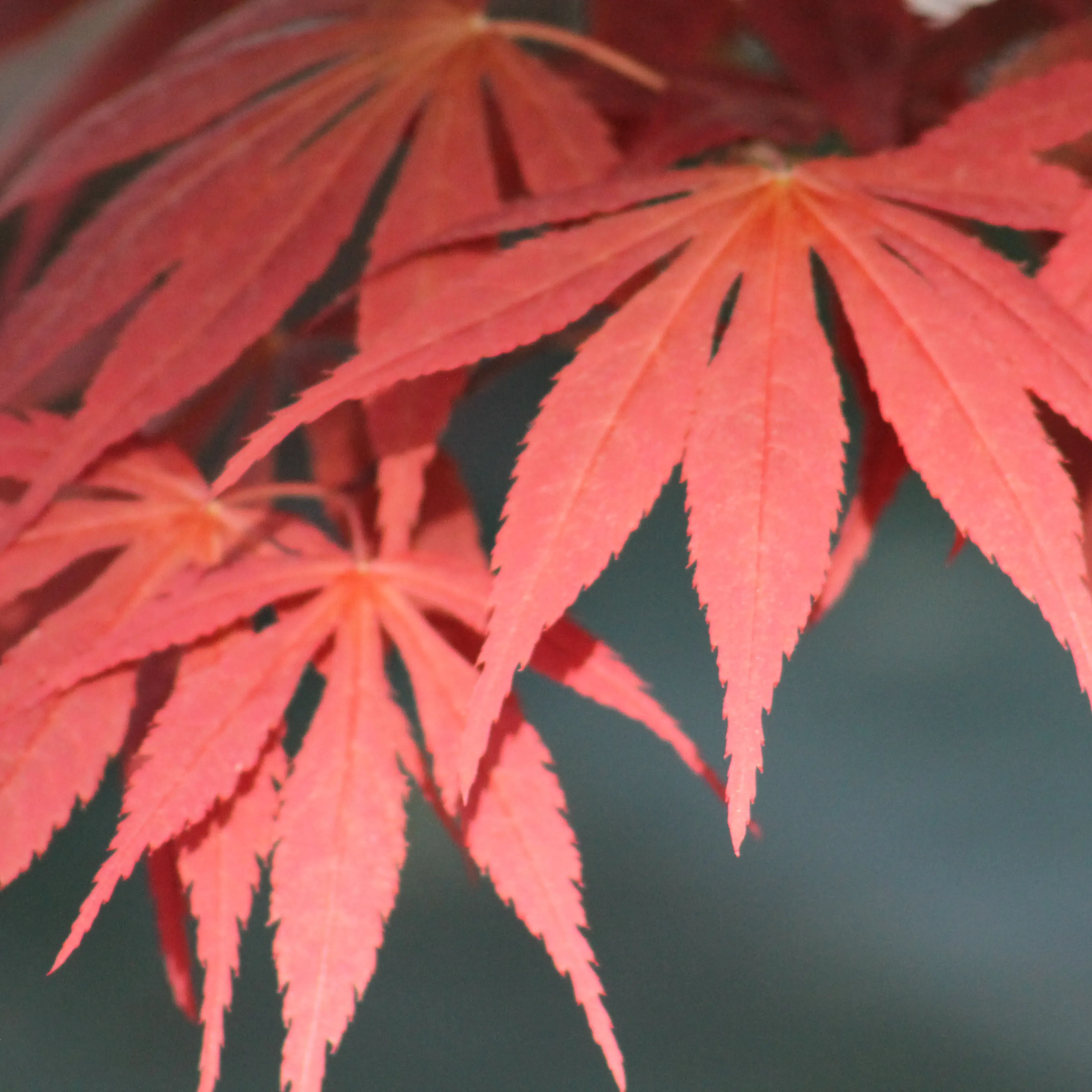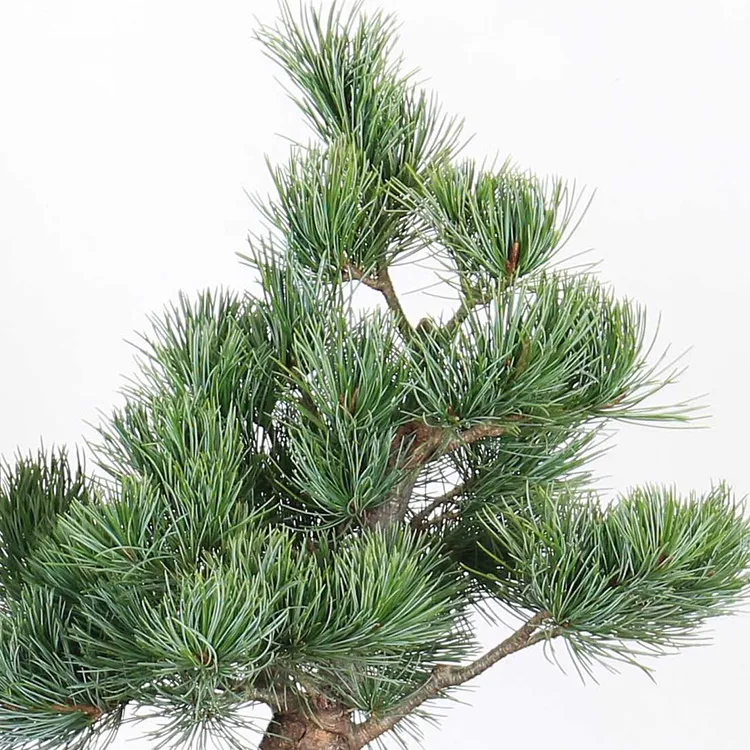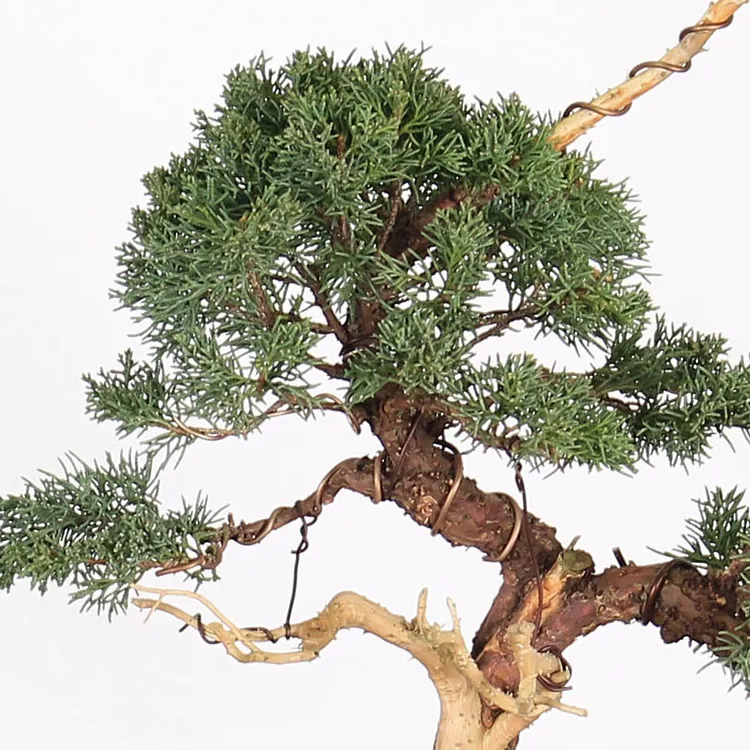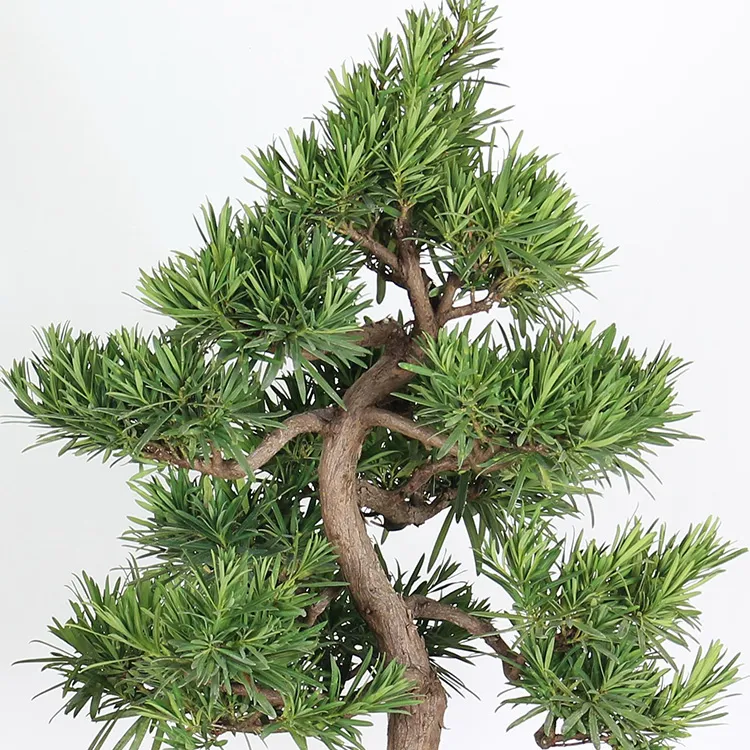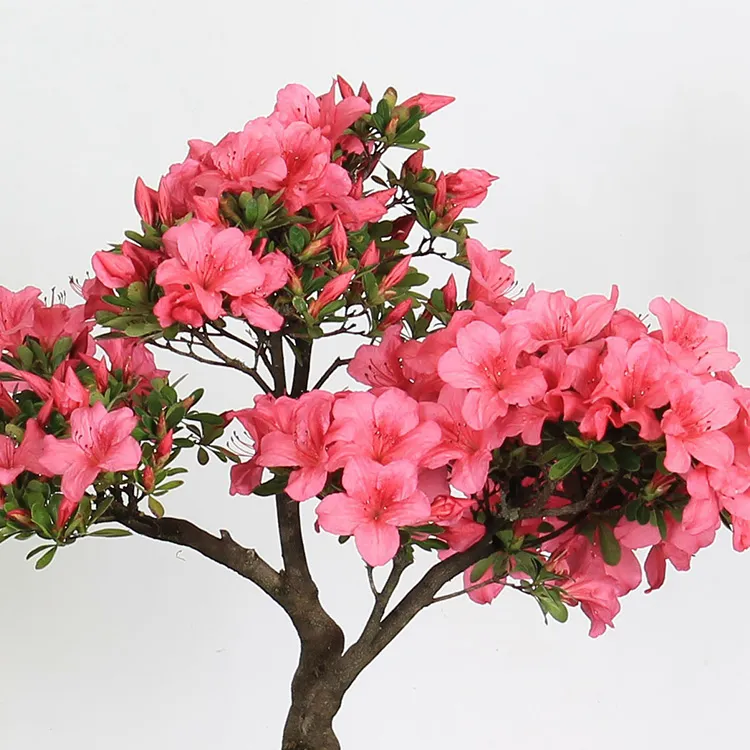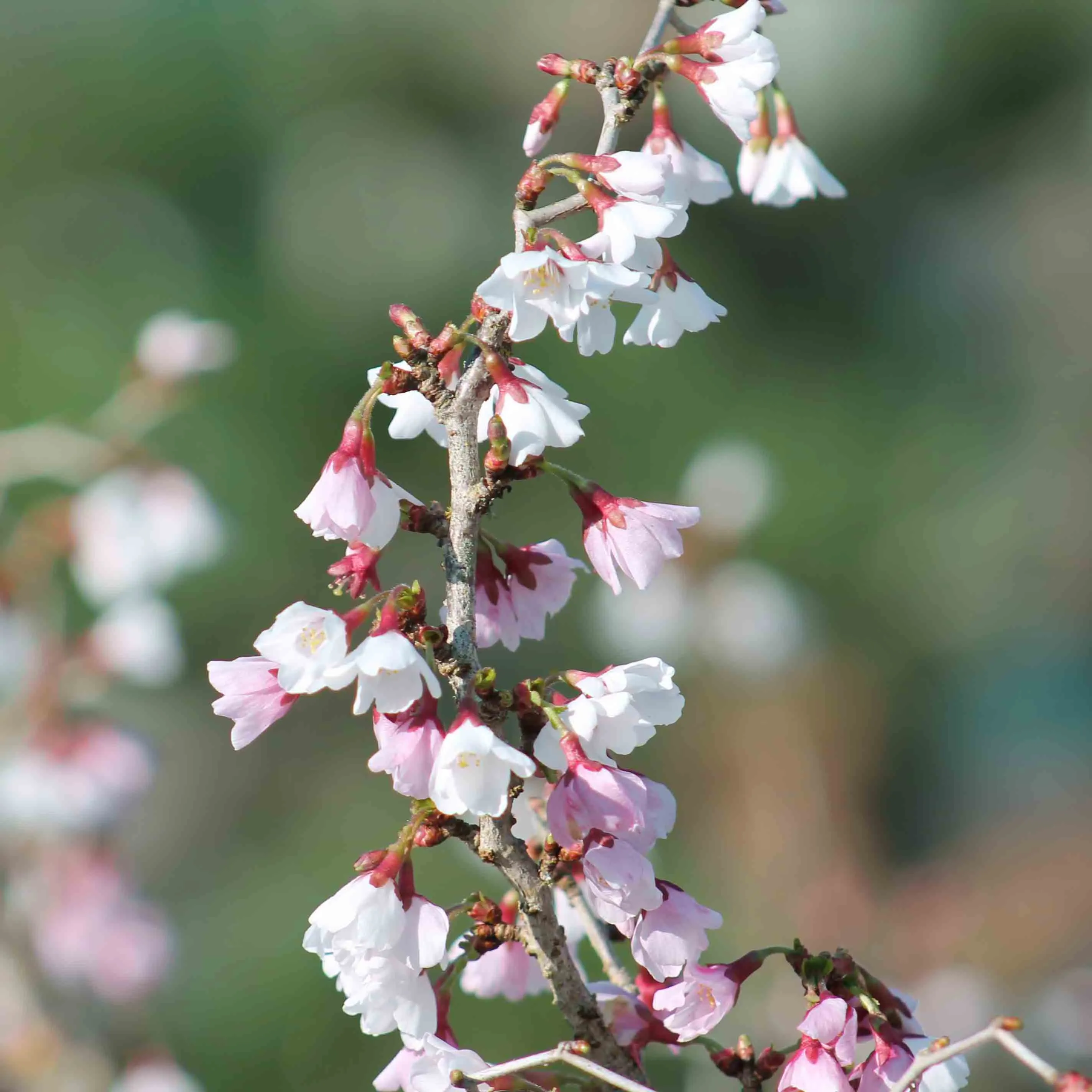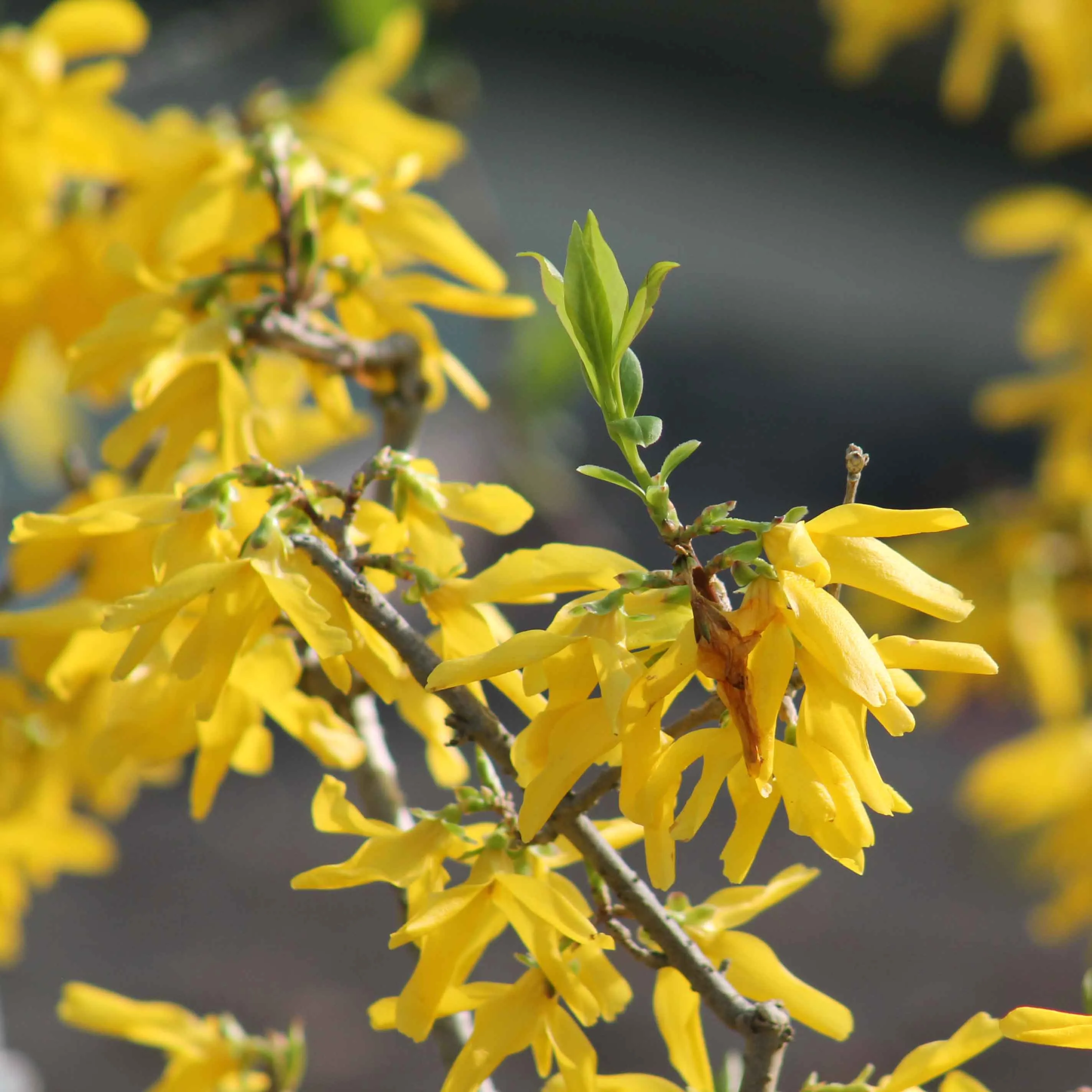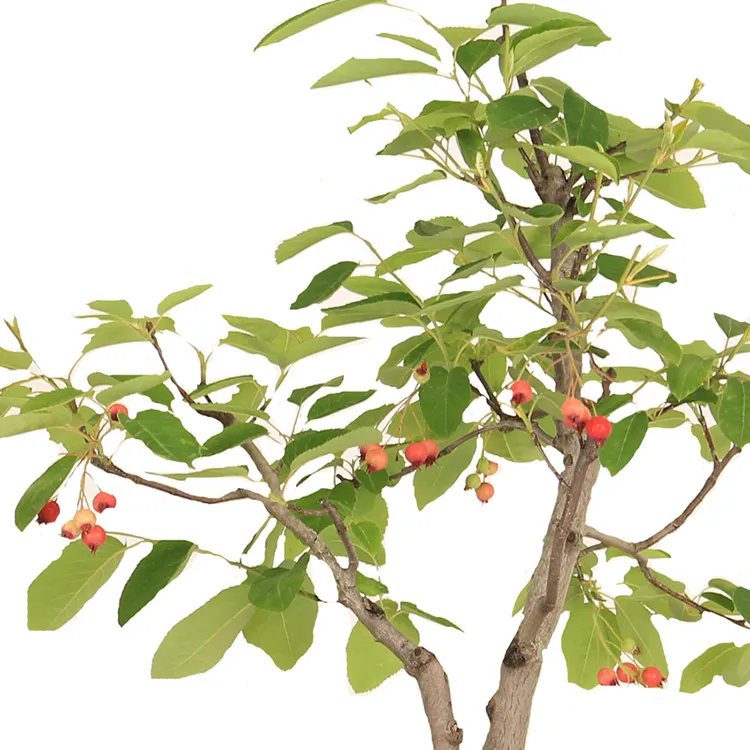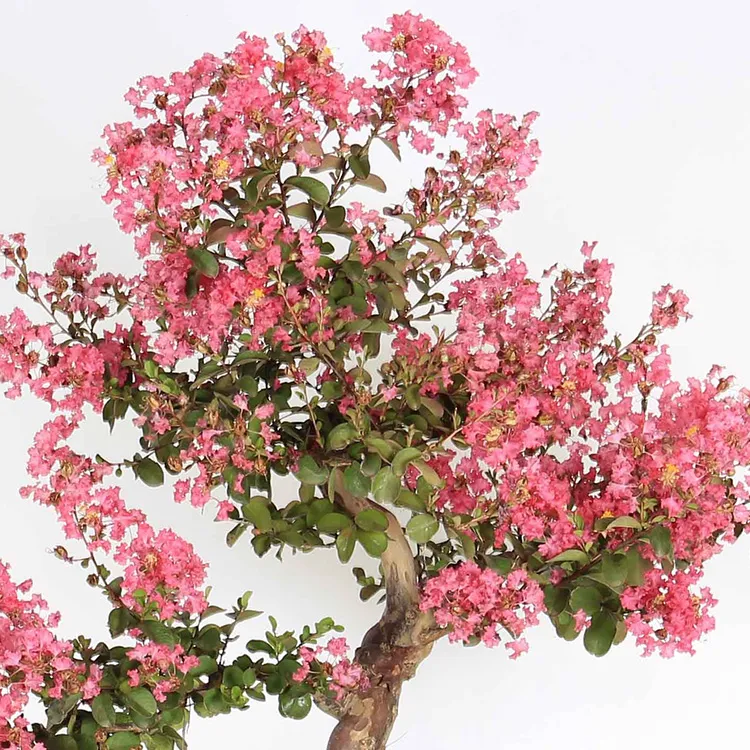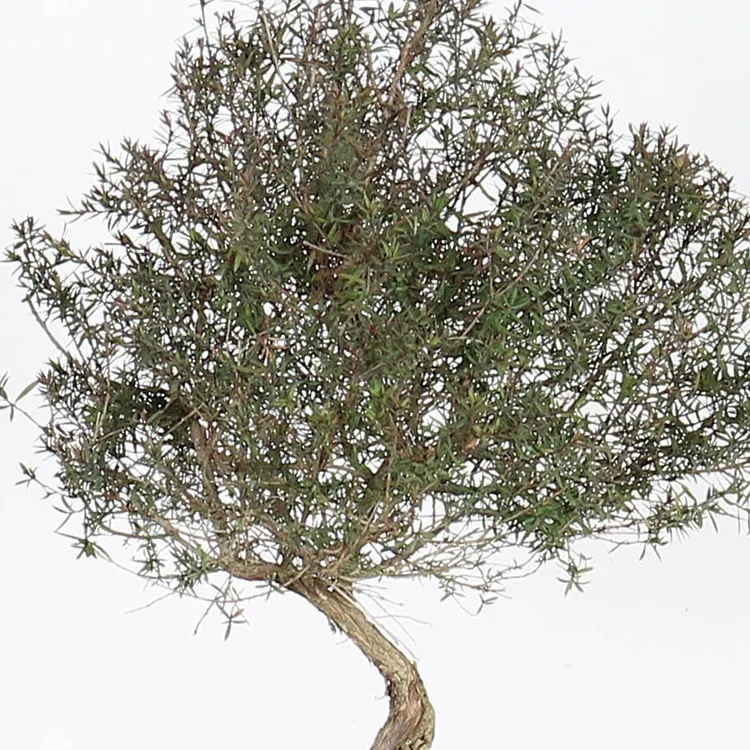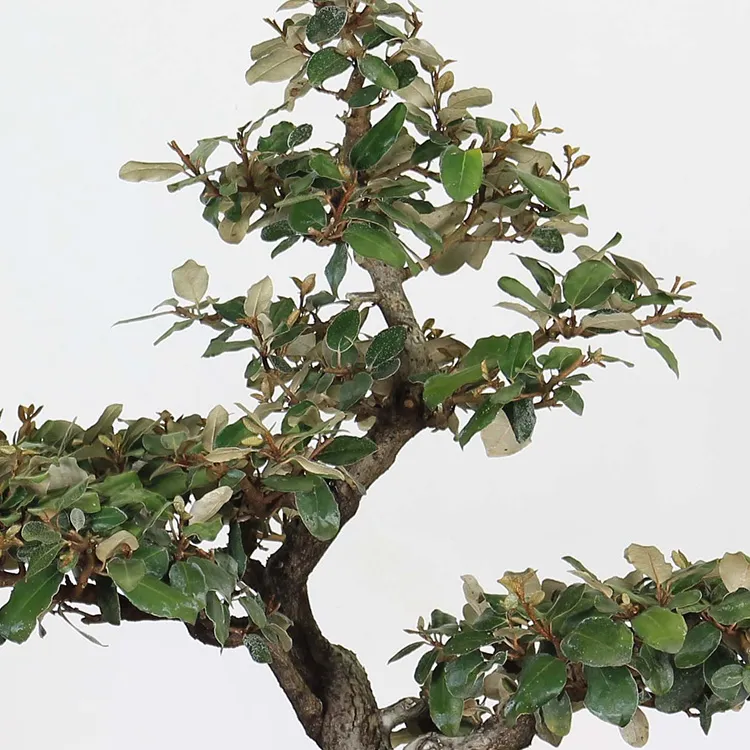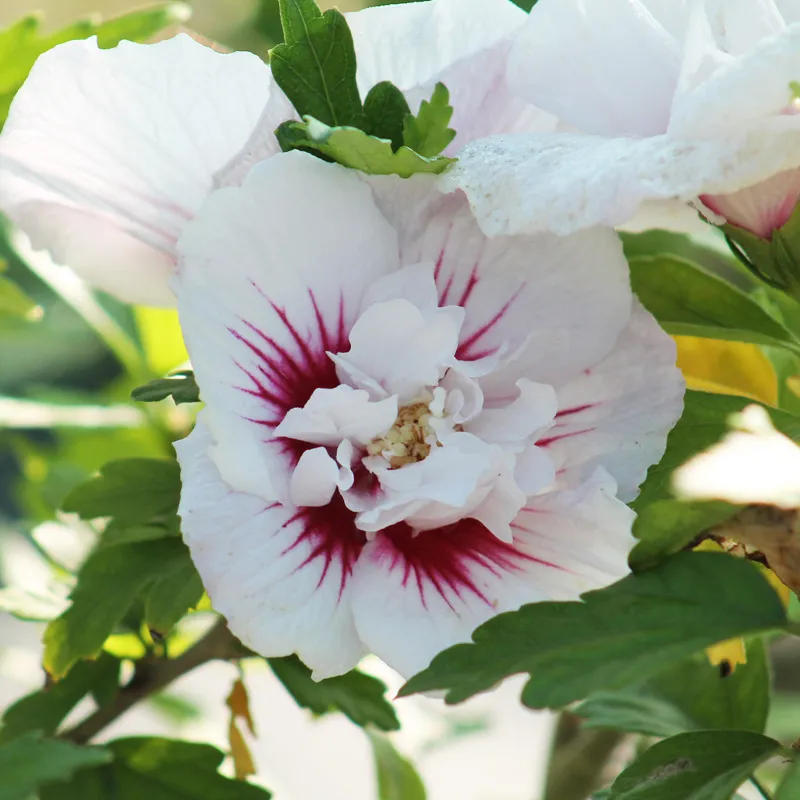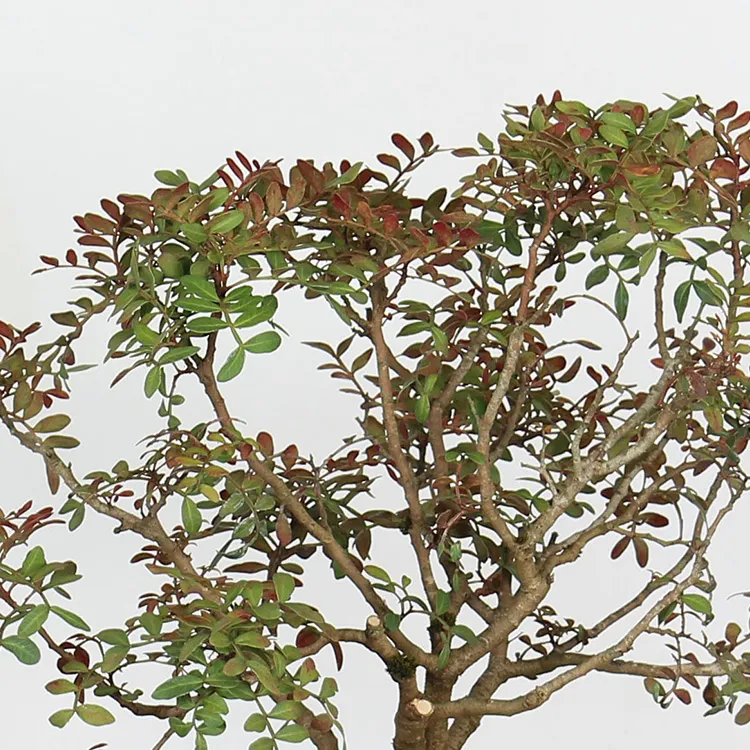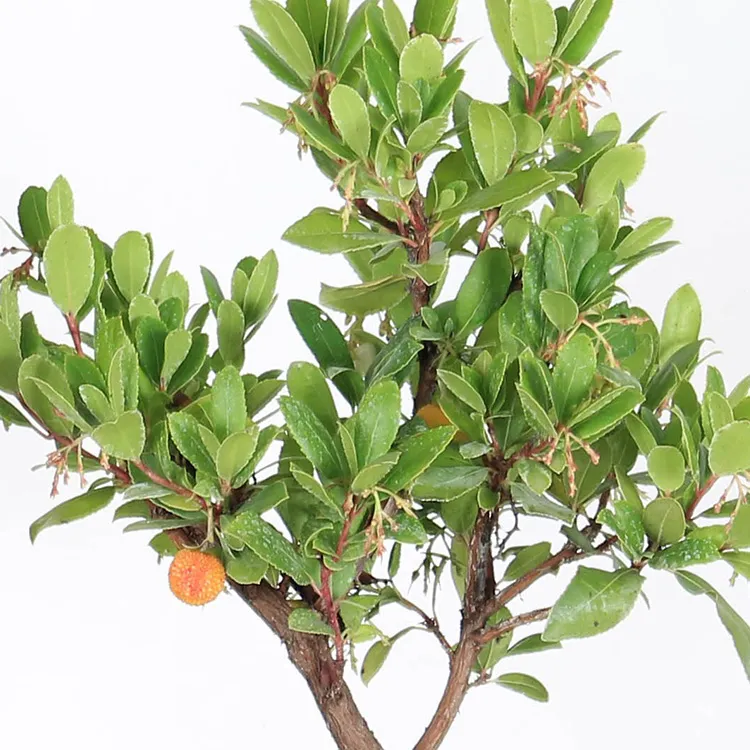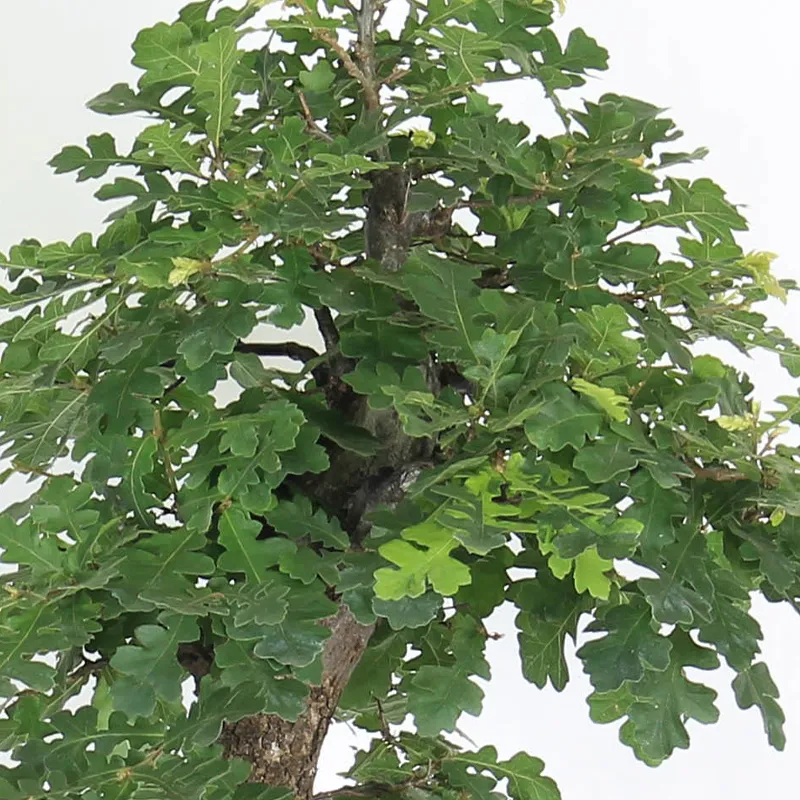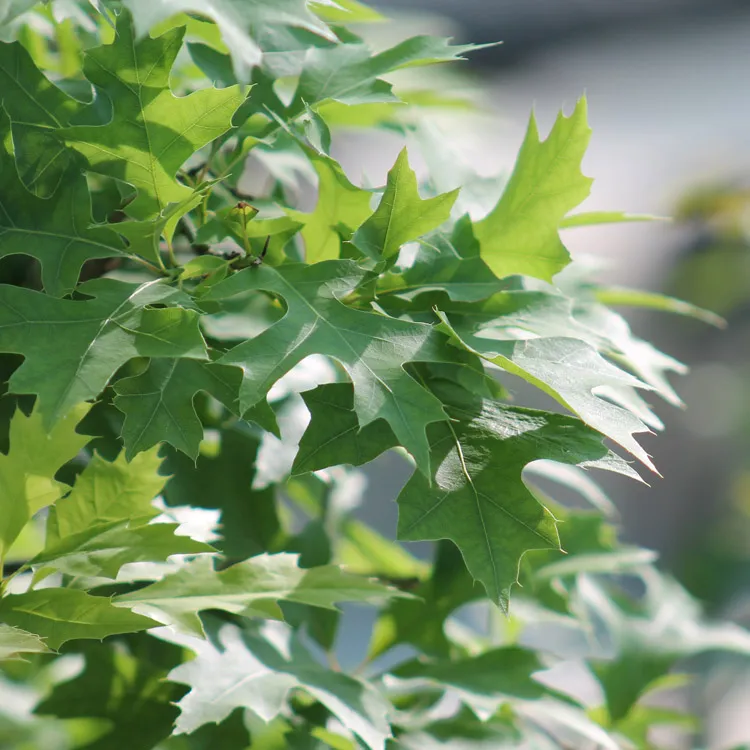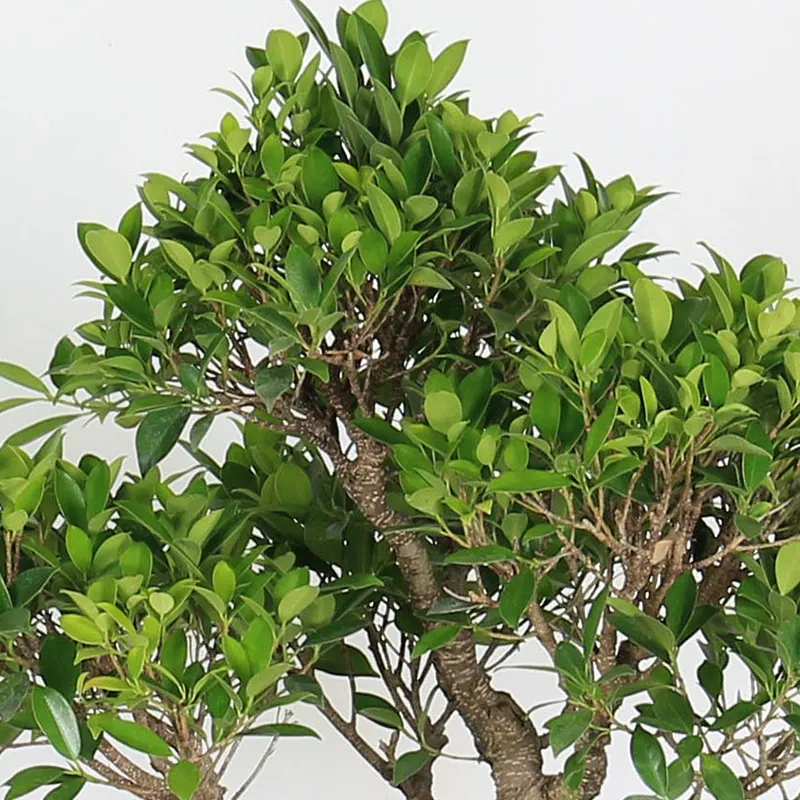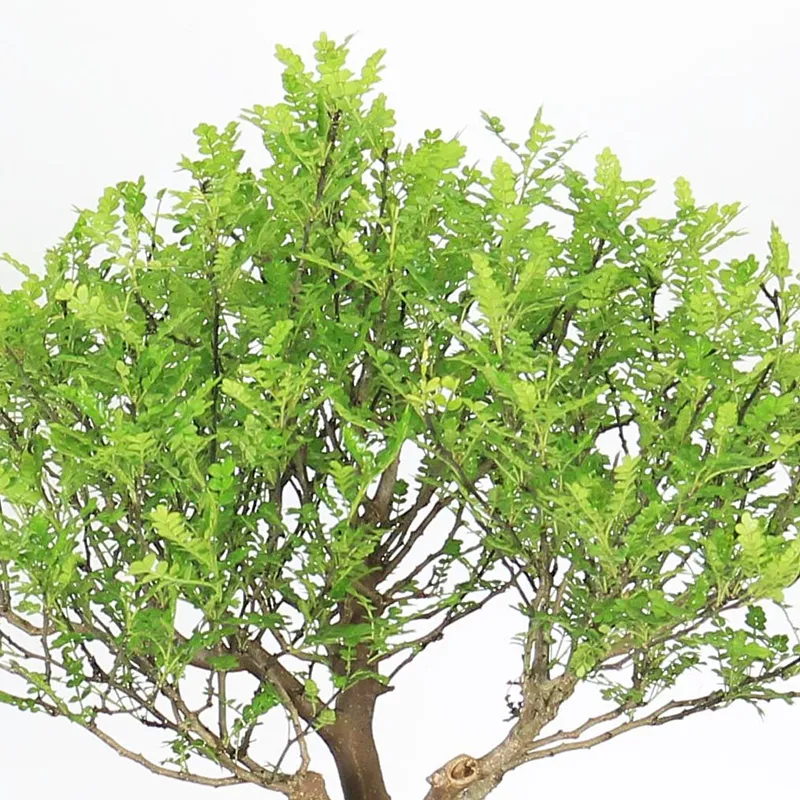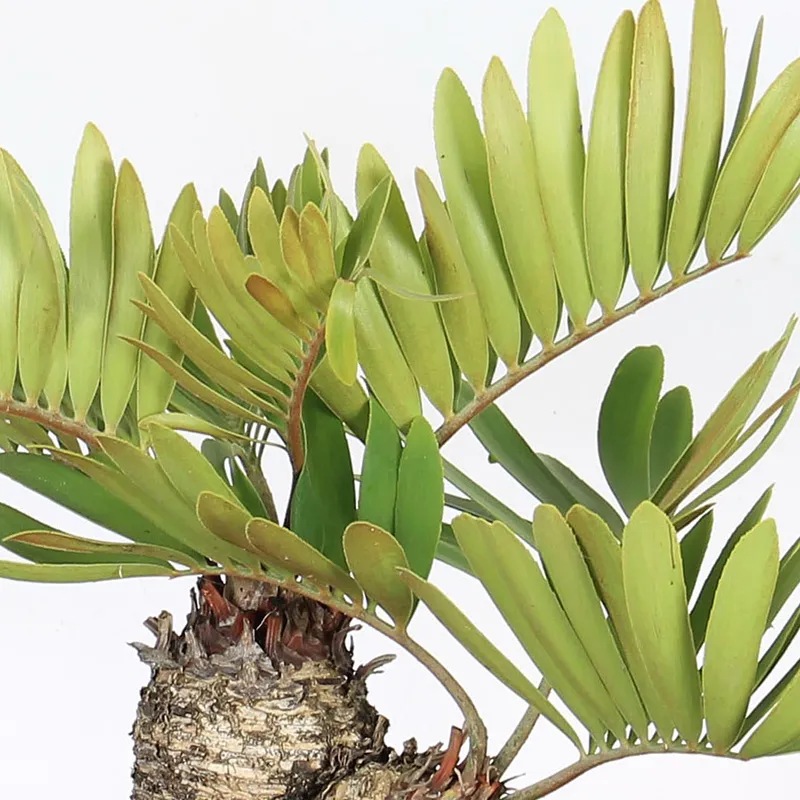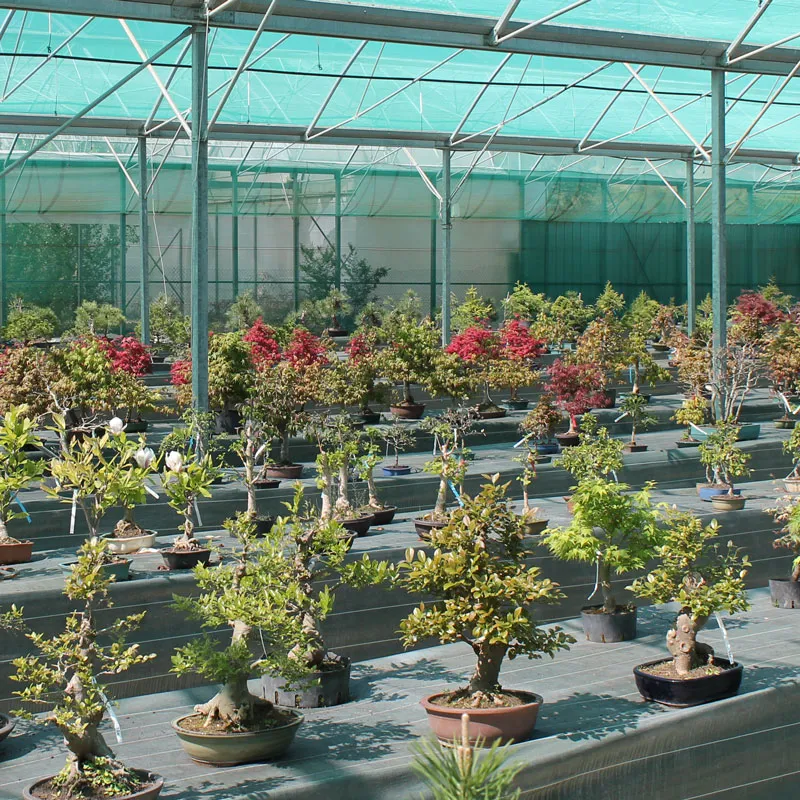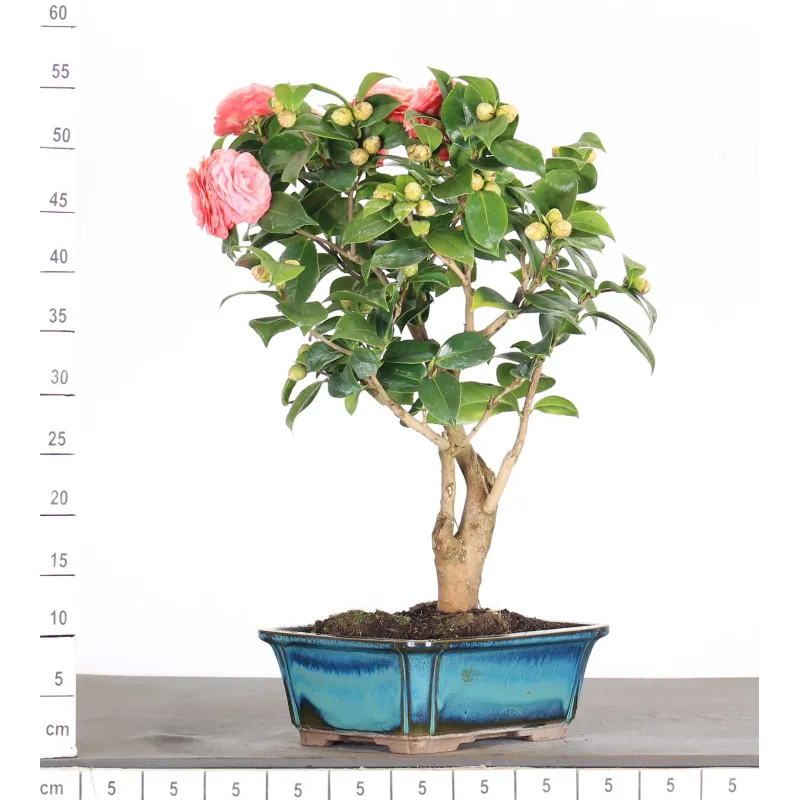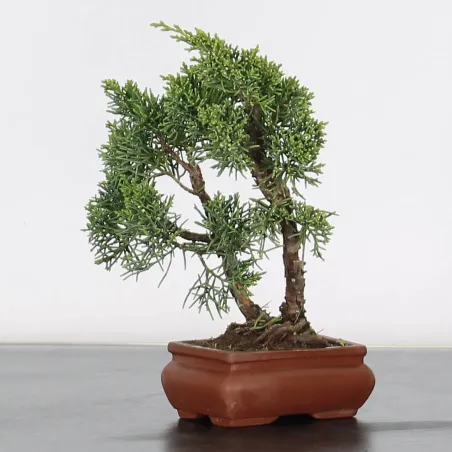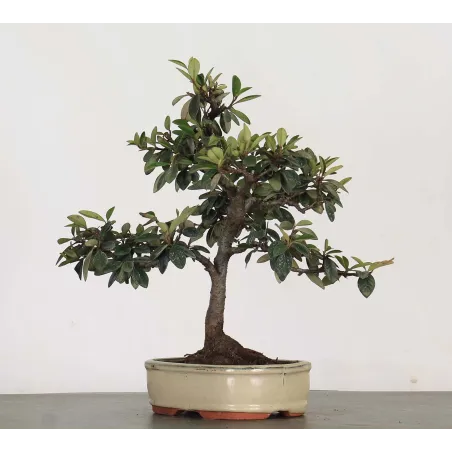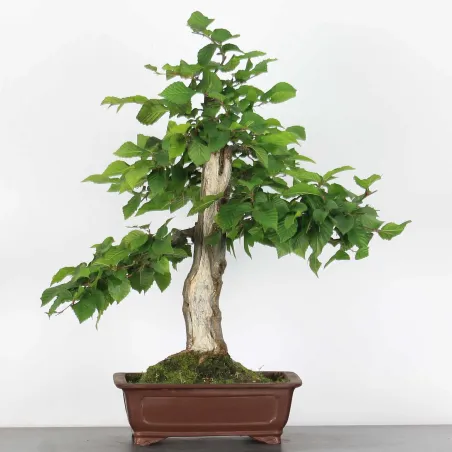 English
en
English
en
Bonsai
Camellia japonica 1-7
The Japanese Camellia is characterized by its pretty red, pink or white flowers and its evergreen and glossy foliage. The flowering period lasts a long time, from February to June...
+ Location: outside, to be protected from the cold in winter
+ Age: 20 years old
+ Foliage : Evergreen
+ Type : Hardy/Perennial
Growing Tips
Location: Outdoors all year round, protected from winter frost. The Japanese Camellia adapts perfectly to the warm climate but prefers a fairly cool exposure (North and East) and away from draughts. Avoid the scorching rising sun of summer, which can damage its foliage. The ideal location for the Japanese Camellia is a semi-shaded exposure.
Warning: Protect it from frost! Cold greenhouses, bright cold rooms or verandas are perfect places to keep your Camellia bonsai during the winter.
Watering: Very important to keep your tree alive! The camellia likes moist soil, so water it every day on sunny days (spring/summer/autumn) but moderately in winter because thanks to the rain and cold, you will not necessarily need to water regularly since the substrate will remain moist.
Keep an eye on watering in the winter, as it does not lose its leaves.
To be more precise, you will need to water your bonsai regularly, letting the root ball dry out slightly between two waterings in order to avoid excess water.
Don't hesitate to water it down to the roots, the water will drain through the holes under your pot. Avoid putting a bowl or container underneath your pot as the water will stagnate and can cause root rot. (Too much water = asphyxiation).
Repotting and substrate: Its roots grow quickly. Repot it every two or three years, in early spring, right after flowering. Be careful when pruning its roots as it is a variety that does not tolerate the loss of them well.
Substrate used in our nursery : Potting soil which is composed of black peat, blond peat, eco old soil, topsoil, horse manure, pozzolana..., you can adapt your substrate by making a more draining mixture with akadama, pumice, pozzolana..
Waist: Remove faded flowers and prune after flowering, if necessary, to give a nice, balanced shape.
Fertilization: In the nursery, we use tomato/flower fertilizer NPK 12 12 17. It is a perfect fertilizer as a supplement to nutrients. Place the fertilizer on the substrate, a handful is usually enough (larger or smaller depending on the size of the pot). Fertilize from spring to fall (May to October), every 2 months.
More information:
All our bonsai are unique. This is why they are referenced by numbers that do not indicate age, if you want to know it, do not hesitate to contact us
We ship throughout France and neighbouring countries that are part of the EU. We take care to pack each bonsai in custom-made wooden crates or reinforced cartons. Everything is well protected and secured to avoid any risk of breakage.
Depending on the size and weight of your order, shipping is carried out by specialized carriers: DPD (under 30kg) or GEODIS (+30kg).
Our priority is that the delivery goes smoothly. Do not hesitate to consult our delivery page to learn more about our methods.
Click ----> Bonsai Delivery France and EU - Galinou Bonsai Nursery
The bonsai tree you see in the picture is really the one you are going to receive. To find out the dimension, refer to the scale on the side. Each product is unique and we take care to take photos that give you the most accurate preview possible of what you will receive.
All bonsai are produced in our large nursery in Lot-et-Garonne. They are therefore perfectly adapted to the climate of France, which is not always the case with Japanese imports.

 Production of French Bonsai
Production of French Bonsai


